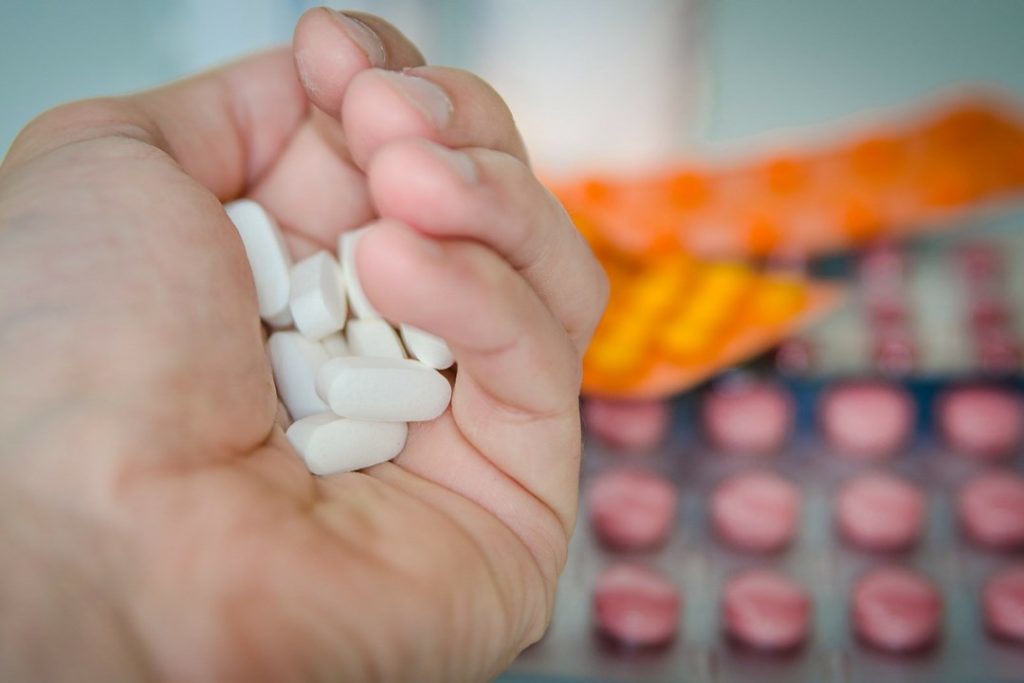
Contents
What is prescription drug abuse?
The abuse of prescription drugs takes place when drugs prescribed by a doctor are used in a way unintended by the doctor. What actually happens? Dopamine is a neurotransmitter present in regions of the brain that regulate movement, emotion, cognition, motivation, and feelings of pleasure. When drugs enter the brain, they can actually change how the brain performs its jobs. These changes are what lead to compulsive drug use, the hallmark of addiction. The affects and the dangers of prescription medicine are intensified when these drugs are combined with each other, with alcohol or with illegal street drugs. Even when used at recommended doses to treat medical conditions, combining multiple medications can be dangerous. Talk to your health provider about all of the medications and supplements you ingest to ensure you’re not putting yourself at a health risk. Most commonly abused drugs are pain killers, stimulants and depressants.Consequences
More deaths, illnesses and disabilities stem from substance abuse than from any other preventable health condition. Today, one in four deaths is attributable to illicit drug use.- Weaken the immune system, increasing susceptibility to infections.
- Nausea, vomiting and abdominal pain.
- Makes the liver to have to work harder, possibly causing significant damage or liver failure.
- Cause seizures, stroke and widespread brain damage that can impact all aspects of daily life by causing problems with memory, attention and decision-making, including sustained mental confusion and permanent brain damage.
- Body changes such as breast development in men, fluctuations in appetite and increases in body temperature, which may impact a variety of health conditions.
- Behavioural problems (paranoia, aggressiveness, hallucinations. loss of self control etc)
- Birth defects
- Individuals who abuse depressants, including benzodiazepines, tranquilizers, barbiturates and sedatives, place themselves at risk of seizures, respiratory depression and decreased heart rate.
- Individuals who abuse prescription drugs by injecting them expose themselves to additional risks, including contracting HIV (human immunodeficiency virus), hepatitis B and C and other blood-borne viruses.
Prescription Drug Abuse Signs
Some of the signs of prescription drug abuse to look out for include:- Constricted pupils, slurred speech
- Personality changes, mood swings, irritability
- Excessive energy, avoiding sleep
- Sweating, flushed skin, loss of appetite
- Forgetfulness, sleepiness and clumsiness
- Missing pills, unfamiliar pills
- Empty cough and cold medicine bottles or packages